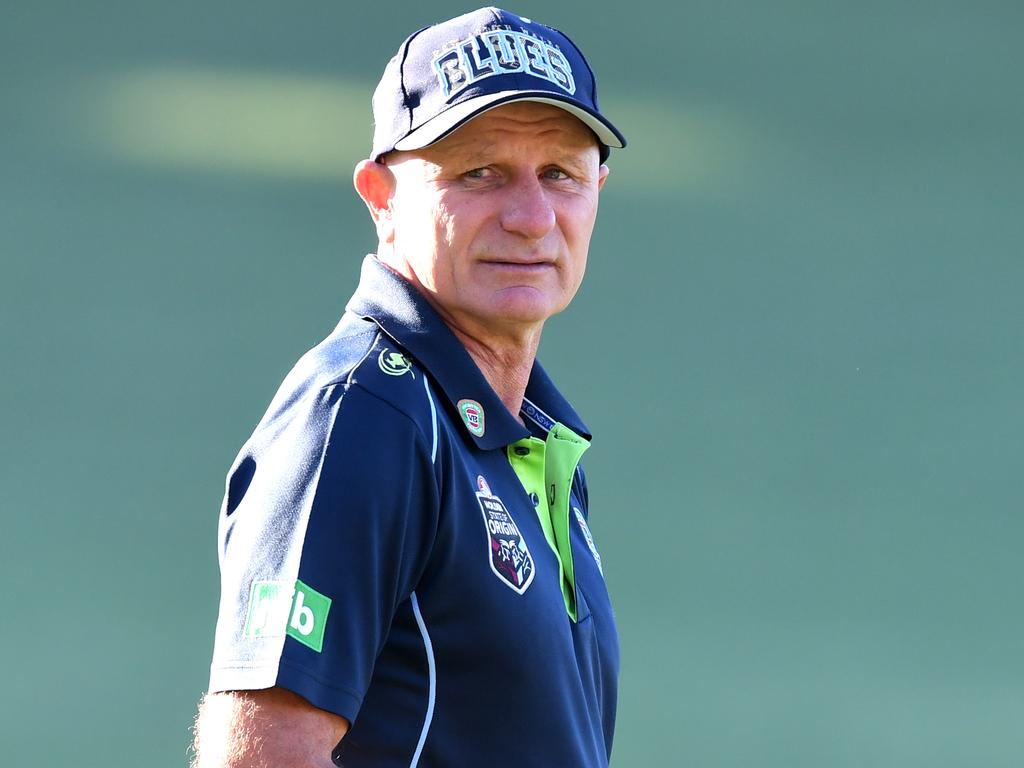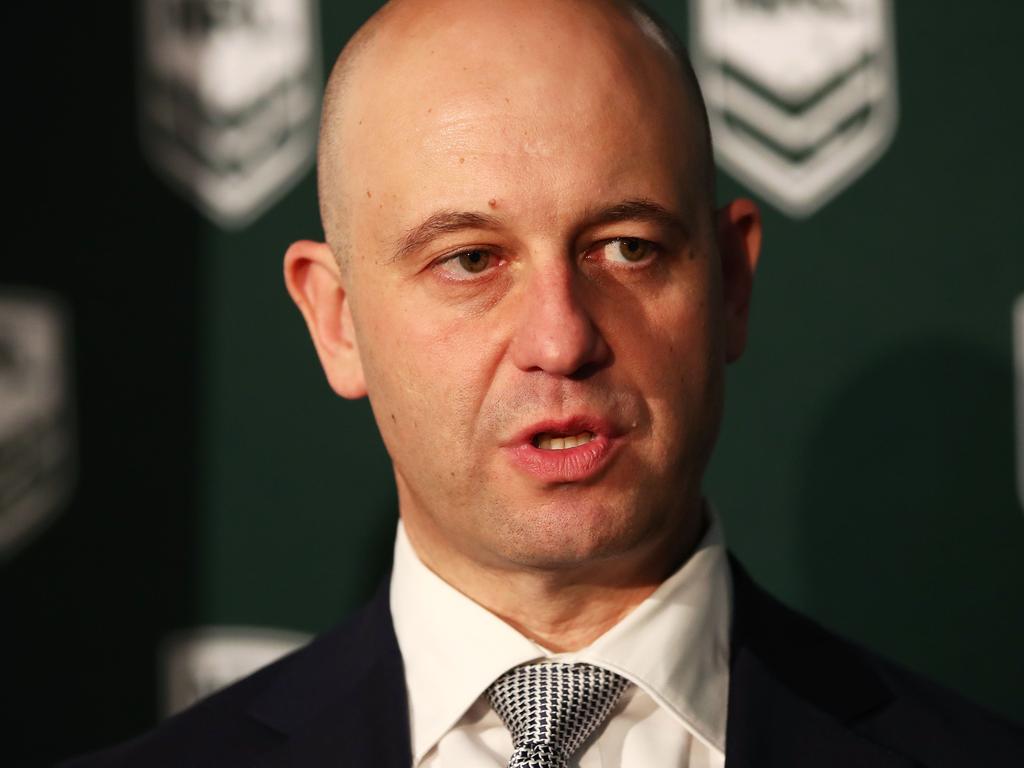‘Groundbreaking’ discovery in NRL brain disease crisis
Doctors have made a “never seen before” discovery after examining the brains of two dead former NRL players and one legend is set to help.
Rugby league legend Peter Sterling has revealed he will donate his brain to science after his death due to the increased concerns around concussion in the sport.
A disease linked to repeated concussions in American sport has been found in the brains of two former Australian rugby league players.
The discovery is the first time Chronic Traumatic Encephalopathy — or CTE — has been identified in an NRL athlete.
CTE is a degenerative brain disease that has been found in former players of American football, ice hockey, soccer, rugby union and others exposed to repeated head injury.
Speaking on Macquarie Sports Radio’s Halftime with James Willis, Sterling said he wanted to donate his brain as it will help future NRL players.
“This has been an ongoing concern as we learn more in the future. I’ve said yes to donating my brain to science in the future and I believe it is going to help players in the years to come,” he said.
“I’m not scared but I am concerned. The decision to donate my brain was a decision not taken lightly but I think it’s important that something like that can help so that we know more and we can take the appropriate steps as that knowledge becomes readily available.”

While the effects and risks of concussion are starting to be mopre broadly known, Sterling said the NRL has been working in the right direction when it comes to the rules and regulations surrounding head knocks, including the HIA.
“The rules that the NRL have put in place was a stand that they needed to make, as a welfare issue for the players, and to err on the side of caution,” he said.
“The NRL were doing the right thing by their players and legally as well so that we don’t go down the same route as the NFL, so, fortunately, those protocols have changed.”
Researchers and clinicians from Royal Prince Alfred Hospital, NSW Health and the University of Sydney’s Brain and Mind Centre made the discovery in two donated brains from middle-aged former professionals who played more than 150 NRL games over many years.
Their identities have been kept confidential.
Lead author Associate Professor Michael Buckland said the changes in the two brains were “distinctive and definitive”.
“I have looked at about 1000 brains over the last 10 years, and I have not seen this sort of pathology in any other case before,” he said in a statement on Thursday.
“The fact that we have now seen these changes in former rugby league players indicates that they, and likely other Australian collision sports players, are not immune to CTE, a disease that has gained such high profile in the United States.”
Former Manly rugby union player Barry “Tizza” Taylor is the only other case of CTE identified in an Australian sports person.
The disease, originally called punch-drunk syndrome to describe the plight of ex-boxers, can often lead to depression and other behavioural disturbances in younger people.
Symptoms in older people, however, may be indistinguishable from Alzheimer’s disease. It can only be diagnosed confidently by examination of the brain after death.
The only known risk factor for CTE is repeated concussions and blows that don’t cause signs or symptoms.

The head of the Concussion Legacy Foundation in Boston labelled the Australian research — published in the international journal Acta Neuropathologica Communications on Thursday — a “groundbreaking” discovery.
“We hope the first proof of CTE in rugby league inspires the Australian scientific community to mobilise in the fight against CTE, and advances the conversation on reforms to sport that can prevent this disease,” Dr Christopher Nowinski said.
It’s estimated there is one concussion every 3.35 games of professional rugby league — but that rate may be significantly higher in youth competitions, the study noted.
“Given that brain autopsy is rarely pursued these days, even in cases of suicide referred to the coroner, it is difficult to assess whether these two CTE cases are serendipitous findings, or emblematic of a more common issue with rugby league and other Australian football codes,” the paper said.
More than 80 athletes have pledged to donate their brains to the Australian Sports Brain Bank, set up by Associate Professor Buckland in 2018.
— with AAP



